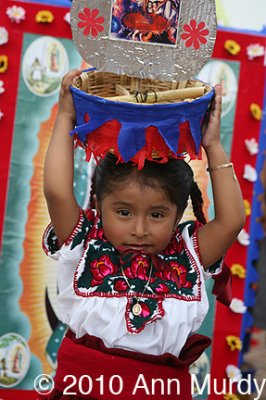
Little girl with canasta |
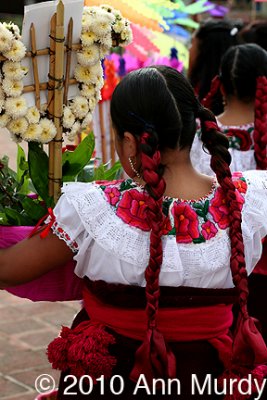
Back of girl with canasta |
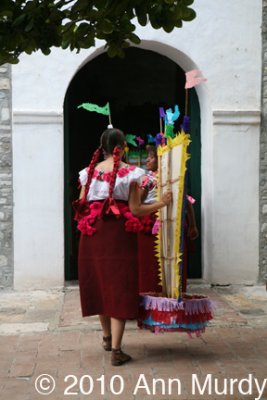
Carrying canasta |
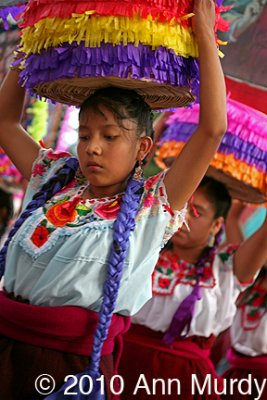
Carrying canasta in convite |

Carrying canasta to plaza |
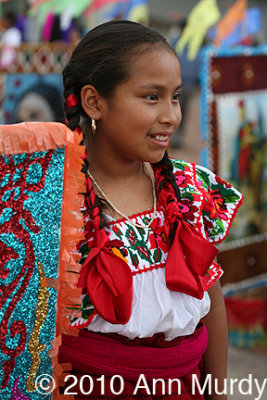
Little girl |
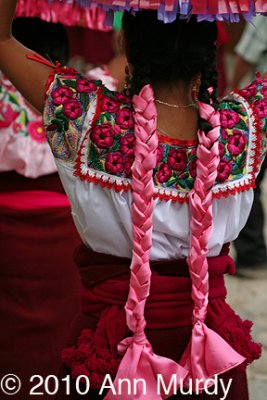
Braids with ribbons |
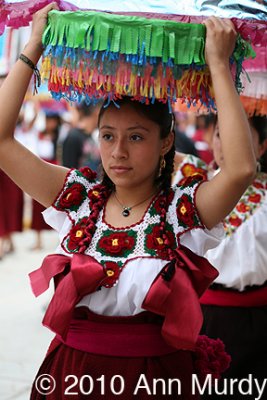
Convite on Friday |
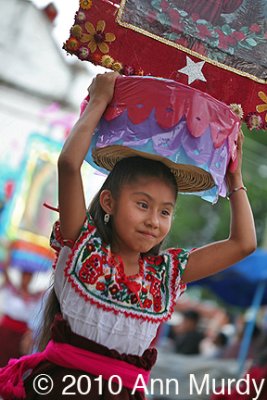
Little girl in convite |

Las Mujeres |
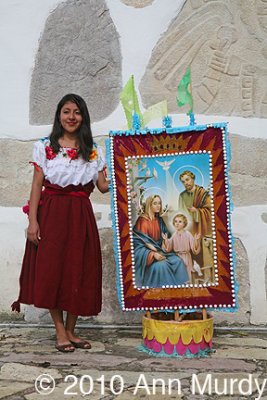
Girl posing with canasta |
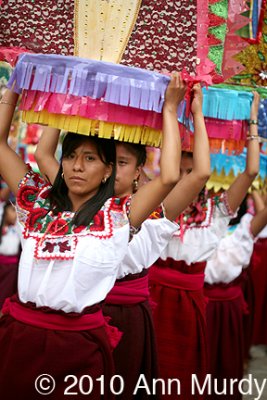
Convite leaving the church |
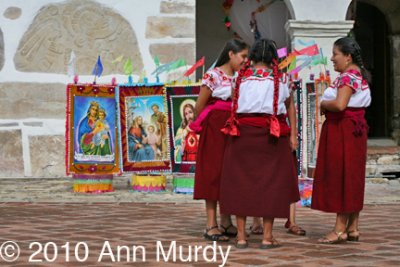
The gathering |
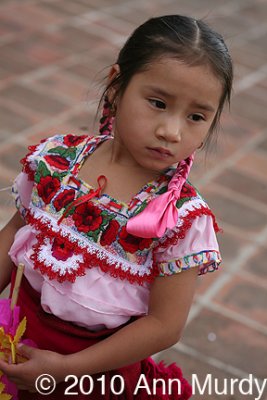
Little girl |

The Convite |

Little girl in convite |
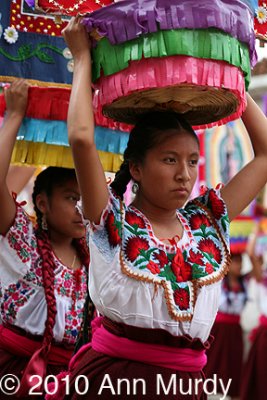
Girl in convite |
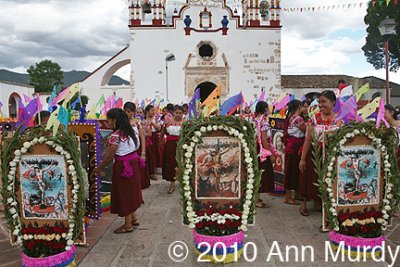
Waiting for procession to start |
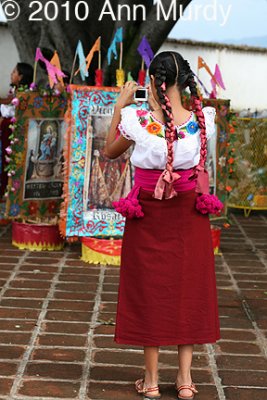
Girl photographing canastas |
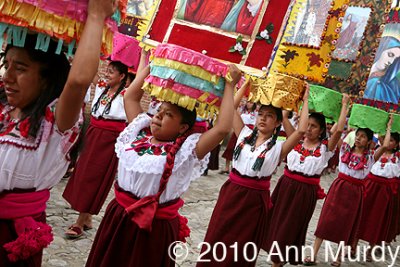
Women in convite on Friday |

Friday convite |

Canastas for convite |
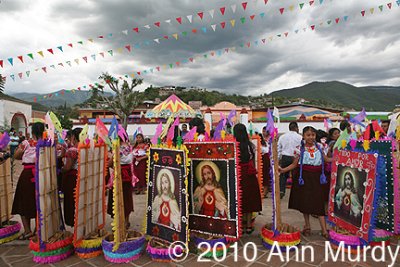
Storm coming in |

Girl with yellow hair ribbons |

Girl Carrying Canasta |
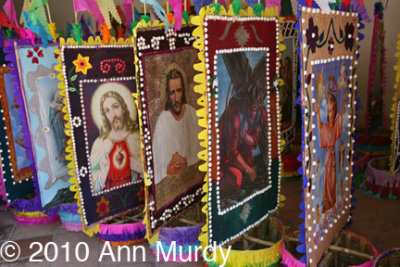
More canastas |
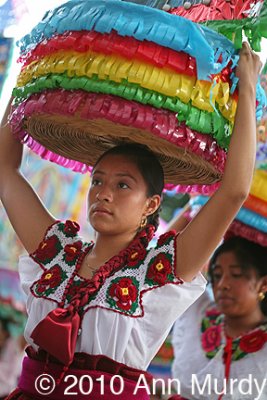
Young girl in convite |
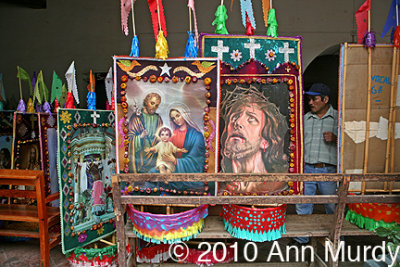
Canastas |
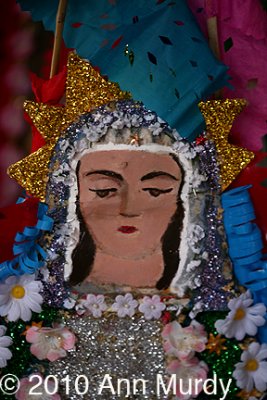
Detail of canasta |

Procession of women |
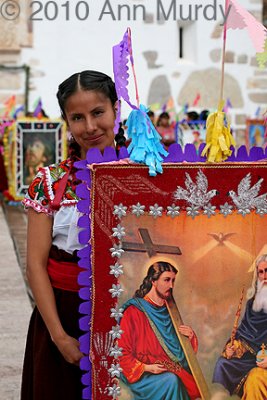
Girl with Canasta |
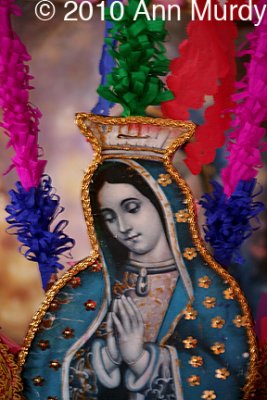
Canasta detail |
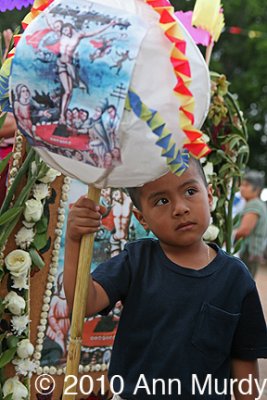
Little boy with globo |

Little boys in calenda |
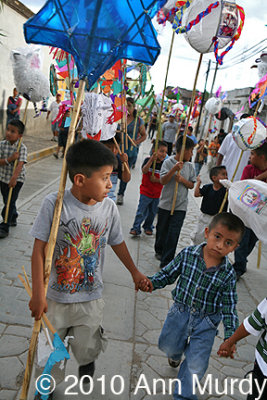
Holding hands in calenda |
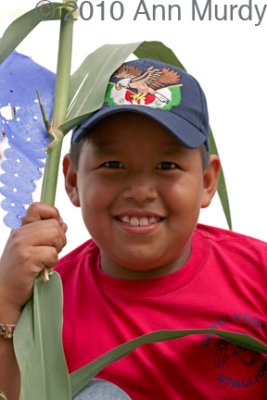
Little boy in calenda |

Children in calenda |

Carrying globo in calenda |
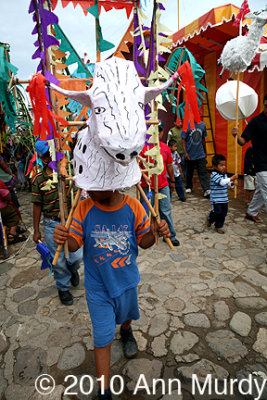
Little boy with toro |
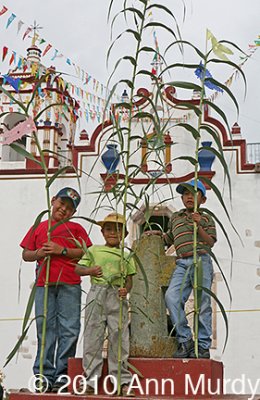
Three boys |

Carlos Antonio Gutíerrez Mendoza as Cortés |
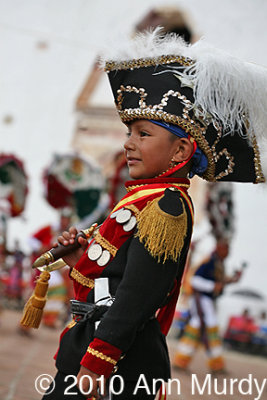
Álvaro Vázquez Lazo as Pedro de Alvarado |
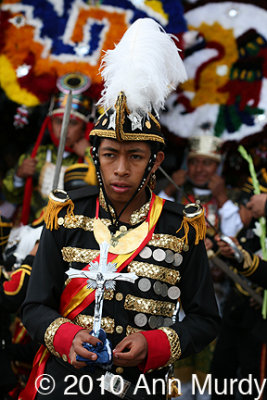
Cortés and the danzantes |
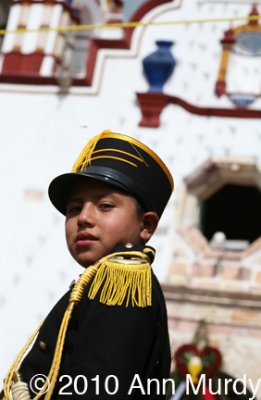
Soldier in front of church |

Soldadito |
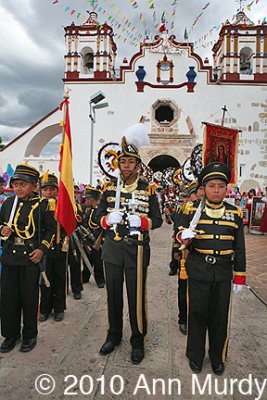
Cortés and his soldiers |
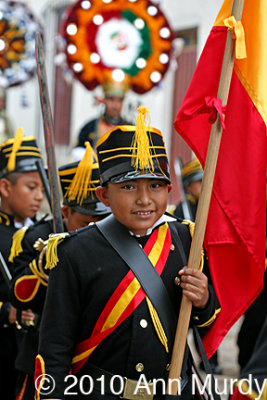
Soldadito with flag |
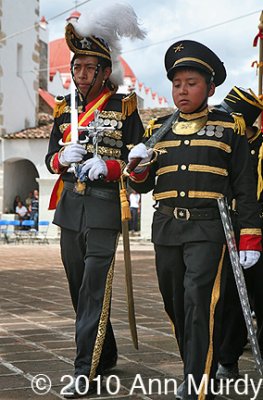
Cortés and his sargent |
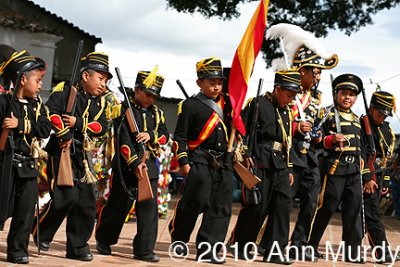
Cortés on the march |
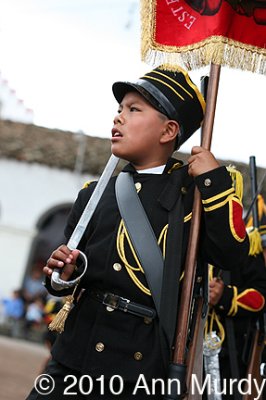
Soldier with banner |
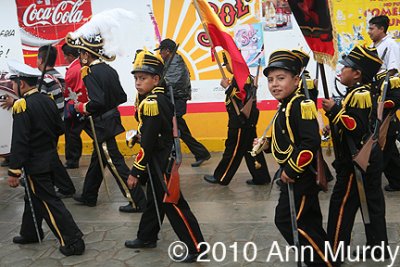
Los Soldaditos |

Pedro Alvarado and Subhalterno |
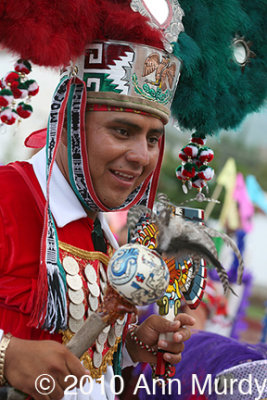
Lorenzo Sánchez Martínez as Moctezuma |
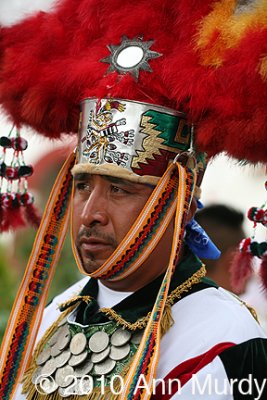
Gabino Ruiz Bazán - 2nd Teotil |
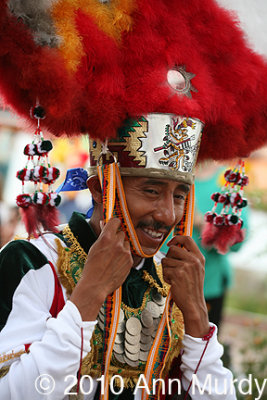
Cándido Vicente Vásquez - 1st Teotil |

Armando Sosa Sánchez - 6th Vasallo |
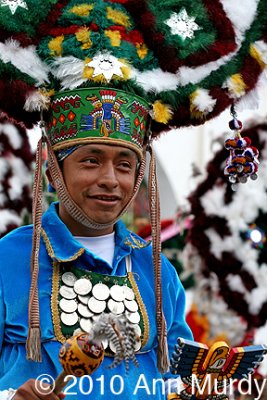
Demetrio Salvador González Ramíerez - 1st Vasallo |
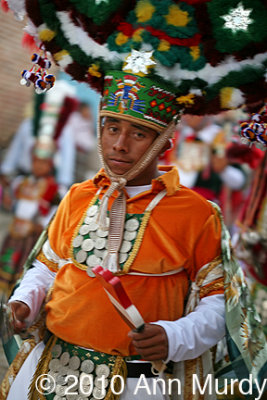
Ramón Martínez Gútierrez - 2nd Vasallo |

Margarito Sosa Vicénte - 3rd Vasallo |

Alfredo Lorenzo Mendoza - 4th Rey |
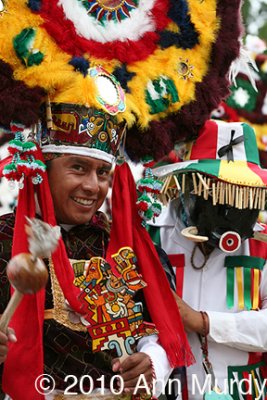
Jesus and the Subhalterno |
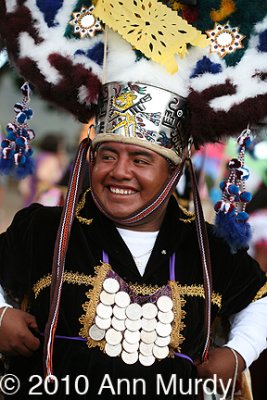
Constantino Hernández Alavés - 3rd Rey |
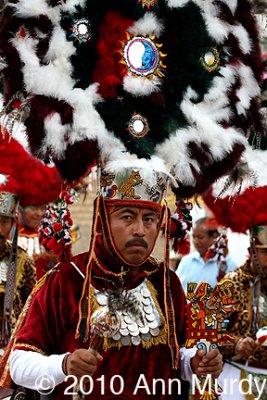
Rodrigo López Martinez - 1st Rey |

Constantino Méndez Zarate - 2nd Capitan |

Misael Lorenzo Santiago - 1st Capitan |
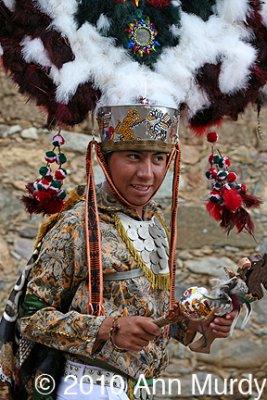
Danzante in procession |
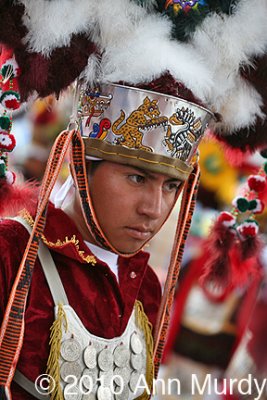
Leonel Mendoza Bautista - 2nd Rey |

Tomás the 7th Vasallo |
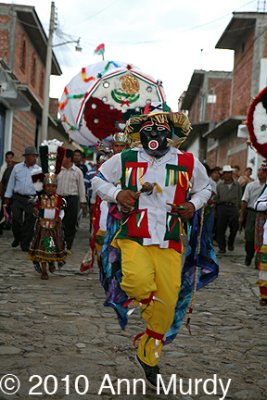
Subhalterno in procession |
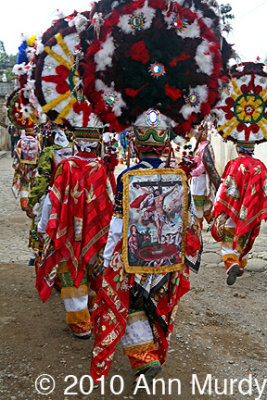
Preciosa Sangre on back of dancer |
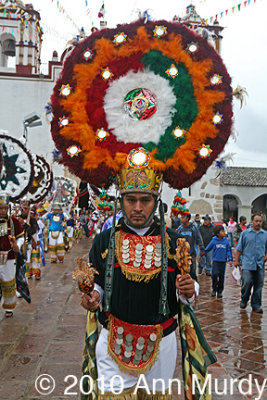
Danzantes leaving church |
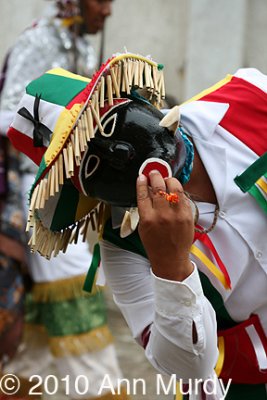
Subhalterno blowing kisses |

Jesus Ranferi Hernández Vázquez, 5th Vasallo |
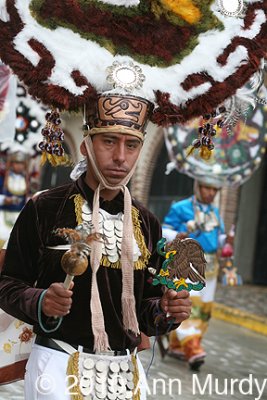
Tomás in morning procession |
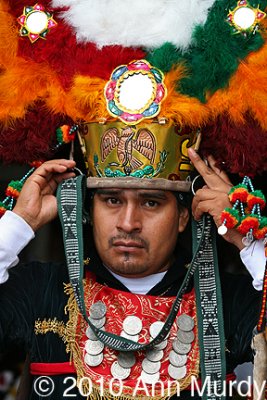
Adjusting penacho |
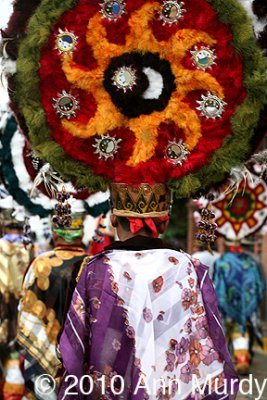
Back of the danzantes |
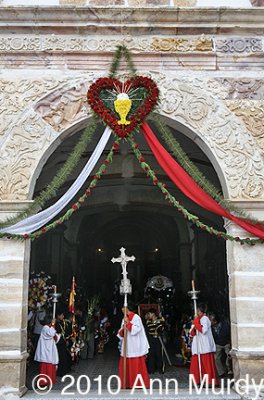
Waiting for procession |
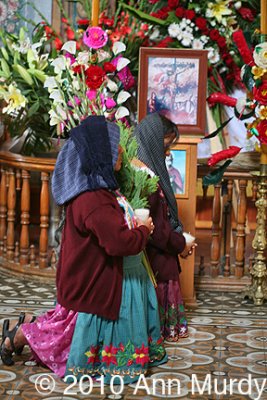
Prayer |
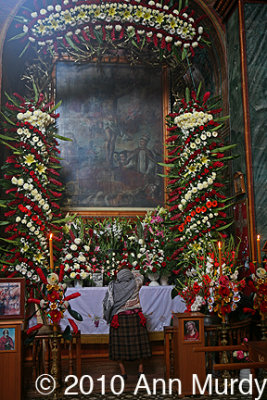
Praying to the Preciosa Sangre de Cristo |

Candle inside church |

La Preciosa Sangre de Cristo |
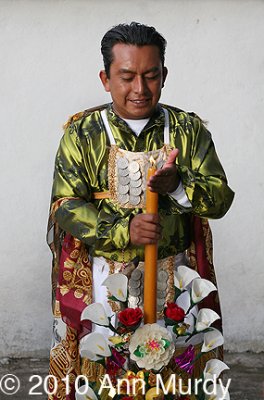
Jesus Ranferi with candle |
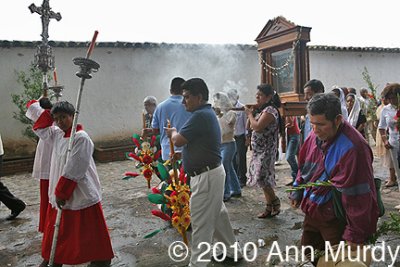
Afternoon procession |
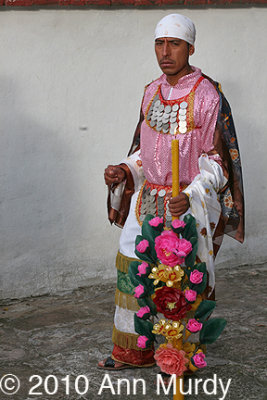
Tomás with candle |
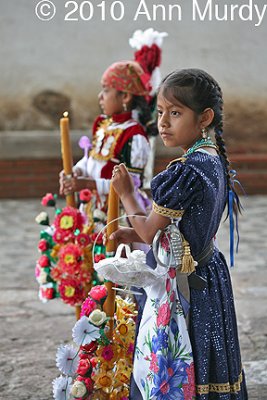
Dona Marina and La Malinche |
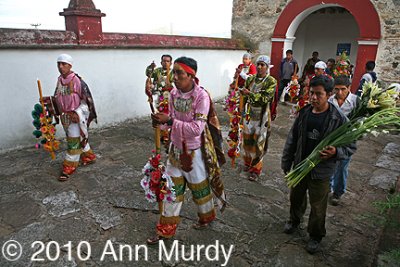
Procession with candles |
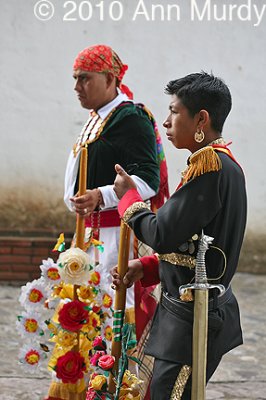
Moctezuma and Cortés |
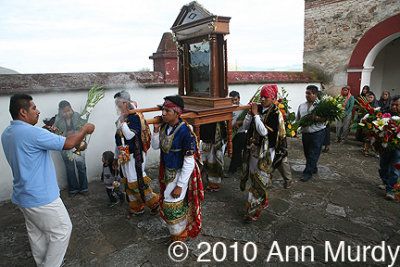
Carrying anda |
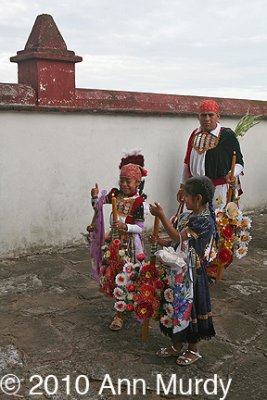
Morning procession |
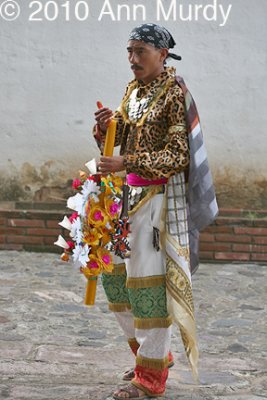
1st Teotil with candle |
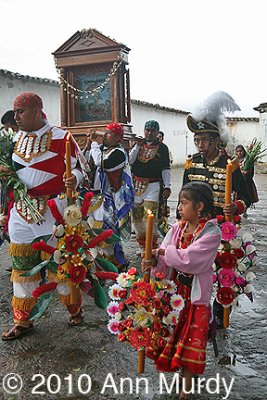
Morning procession |

The convite on Monday |

La Malinche |

Leticia Martínez González as Doña Marina |

Rosa Angélica Hernández Méndez as La Malinche |
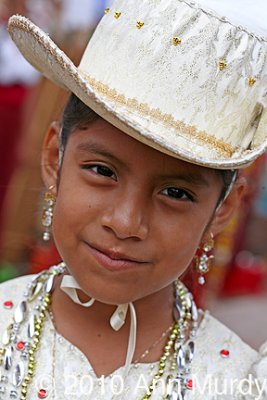
Doña Marina |

La Malinche, Moctezuma & Doña Marina |

Doña Marina on her chair |
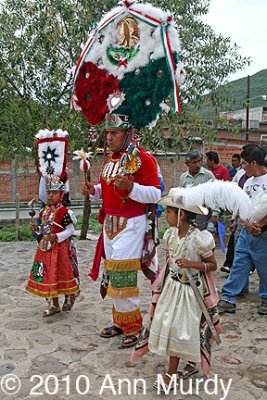
Doña Marina, Moctezuma & La Malinche |
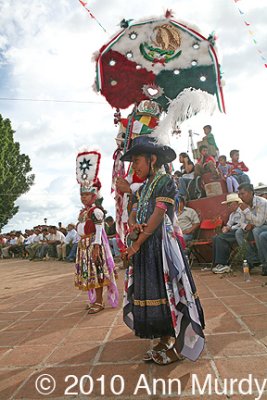
Subhalterno holding Moctezuma's penacho |
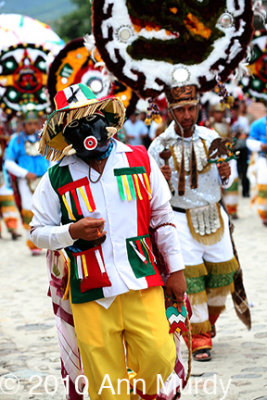
Subhalterno & the Danzantes |

Putting up the flag for fiesta |
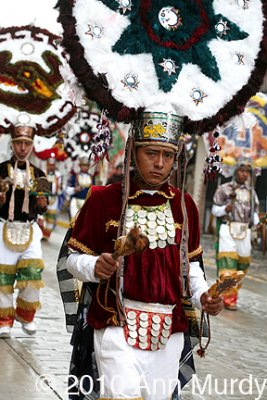
Morning procession |
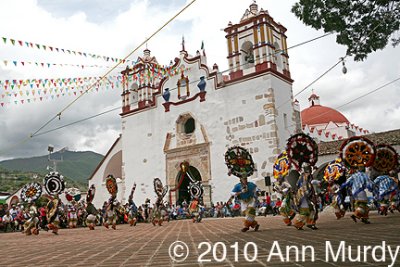
Dancing for La Preciosa Sangre de Cristo |
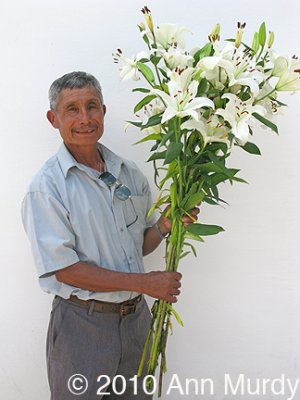
Señor Mendoza with lilies |

The band |
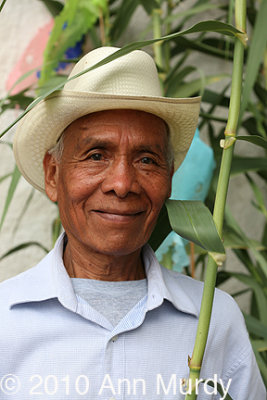
Member of church committee |
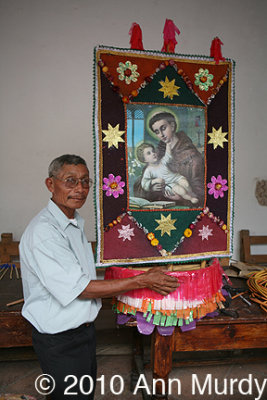
Señor Mendoza with canasta |

Danzantes in the air |
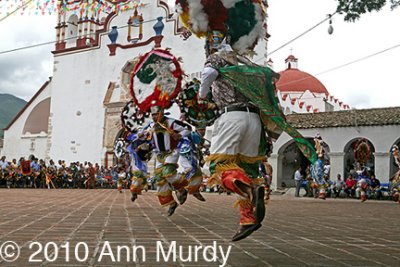
Flying for the fiesta |
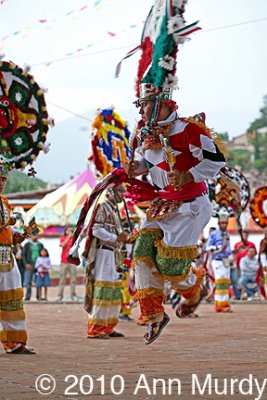
Moctezuma in the air |
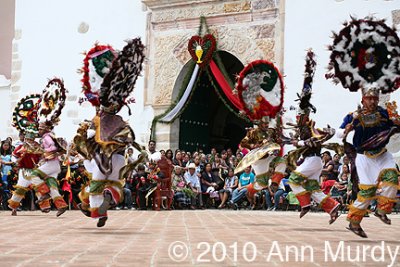
Up and away |
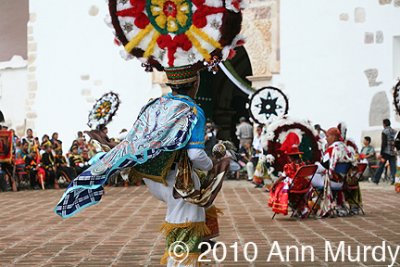
Danzante |
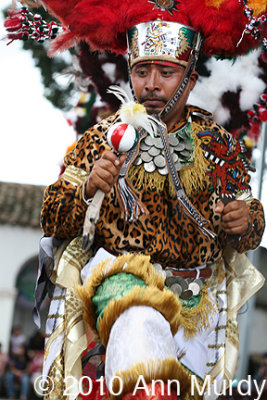
2nd Teotil dancing |

Bending down |
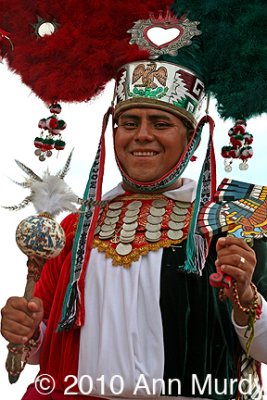
Moctezuma smiling |
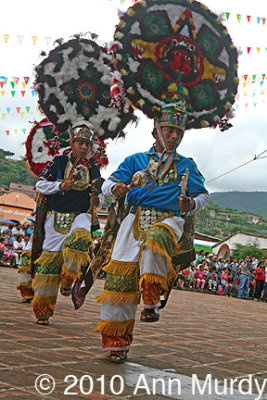
Dancing for the fiesta |
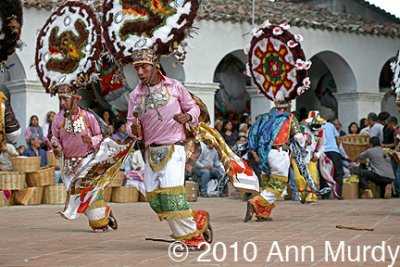
Tomás and Valentín |
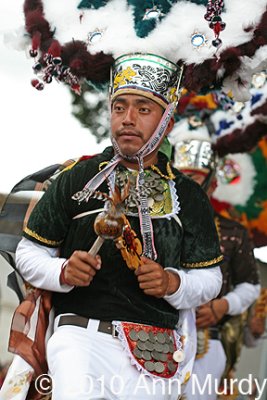
Eloy Bautista Santiago, 4th Vasallo |
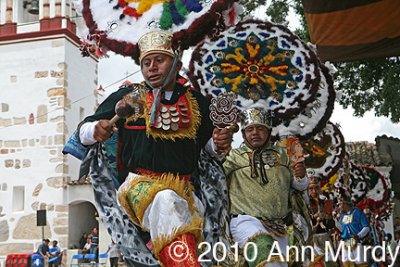
Los Danzantes |

La Danza |
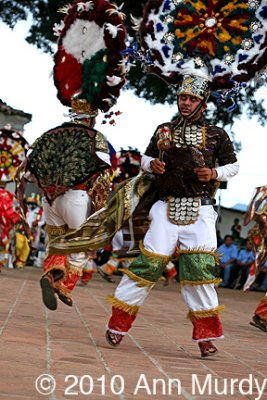
Danzante flying |
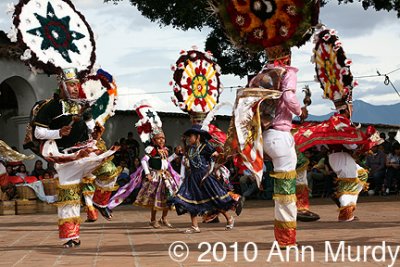
La Malinche & Doña Marina dancing |

Constantino - 3rd Rey |
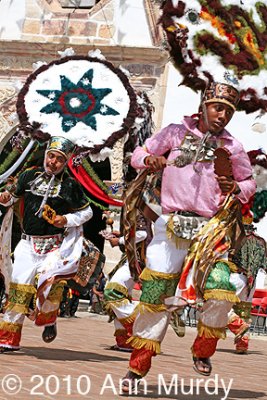
Dancing on Sunday |
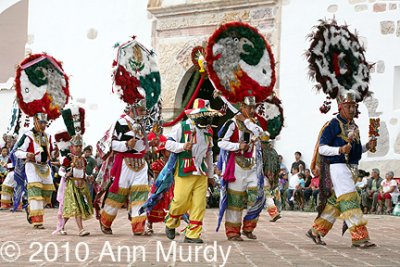
Moving forward |
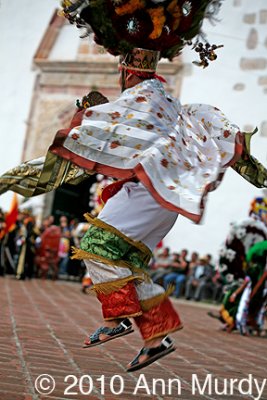
Moctezuma in the air |

Moctezuma and the danzantes |

Up, up and away |
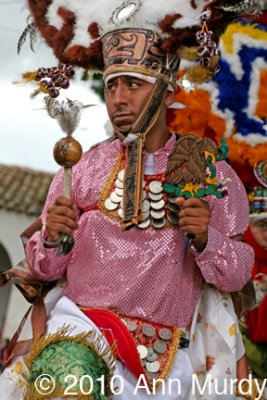
Tomás dancing |
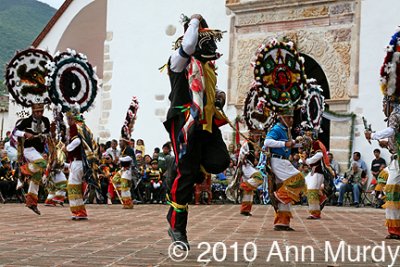
Subhalterno with Danzantes |
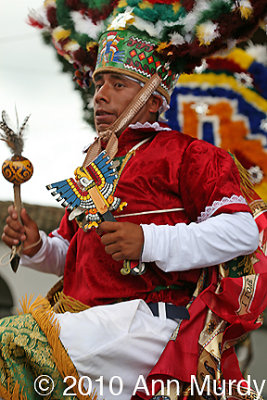
Ramon - 2nd Vasallo |

Moctezuma dancing |
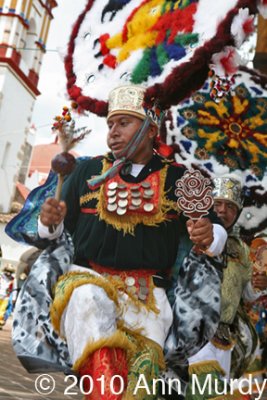
Misael - 1st Capitan |
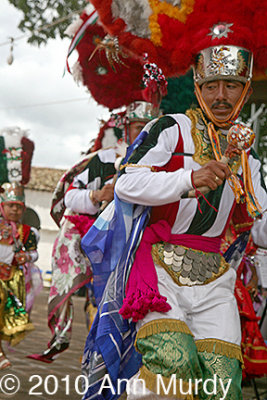
First Teotil |

2nd Teotil |
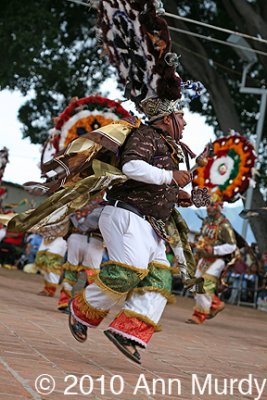
Danzante in the air |

Moctezuma |
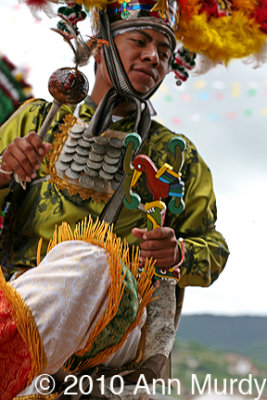
Moving around corner |
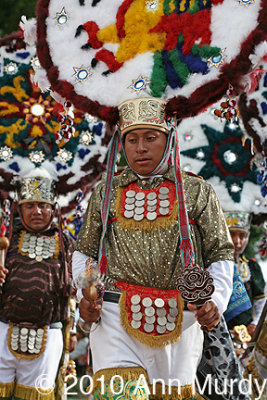
Movement of danzantes |

Montezuma dancing |
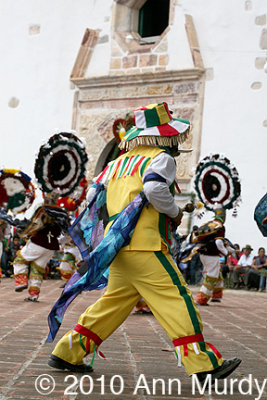
Subhalterno in yellow |

Subhalterno supporting Cortés |
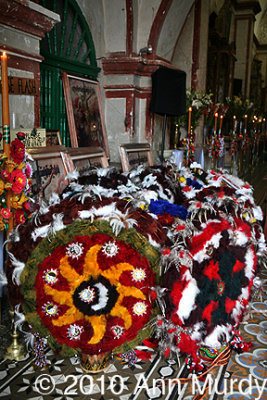
Penachos inside the church |
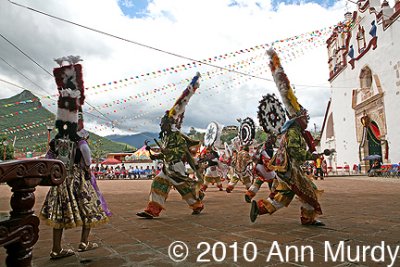
La Malinche and the Danzantes |

Back of Danzantes |
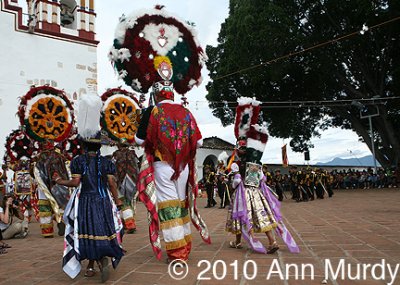
Last day of the fiesta |

Moctezuma kneeling |
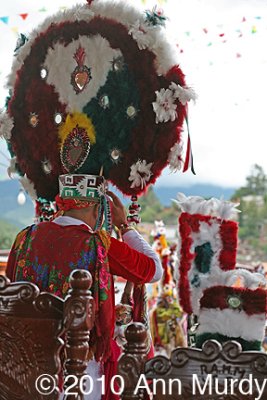
Moctezuma adjusting penacho |

Sunday afternoon |
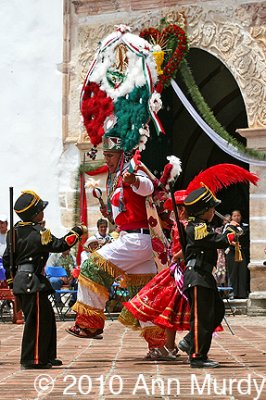
Moctezuma and the soldiers |
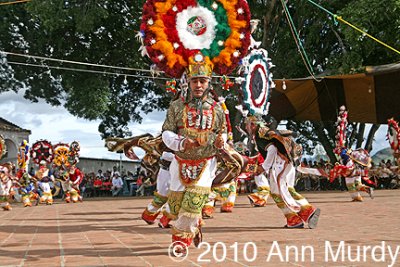
La Danza on Sunday |
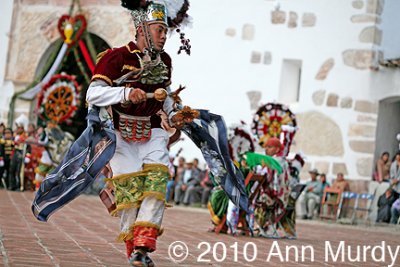
Movement around Moctezuma |

Detail of penacho |

La Danza |

La Malinche dancing |
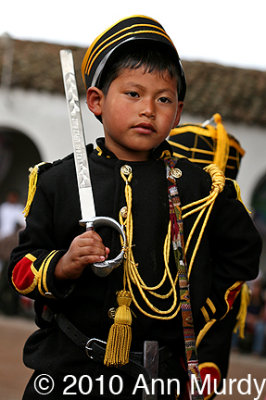
Soldier |

Cortés pursuing Moctezuma |
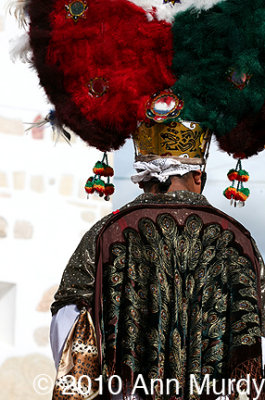
Back of Danzante |
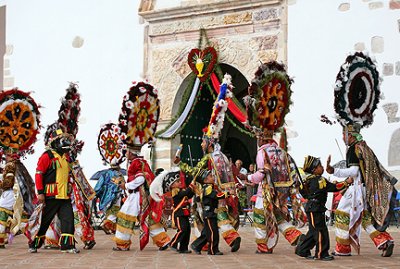
Soldiers striking palmas |
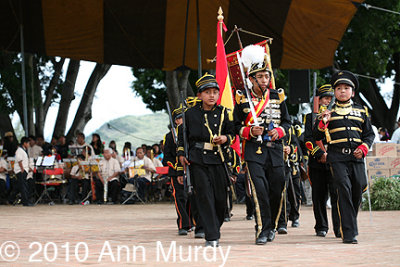
Cortés on the march |

In thought |

Soldier with rifle |

Soldiers and Danzantes |
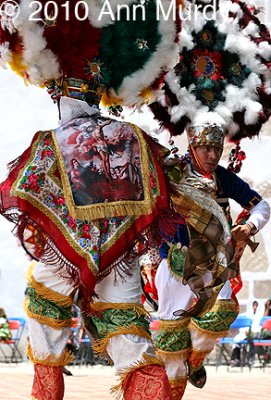
Side by Side |
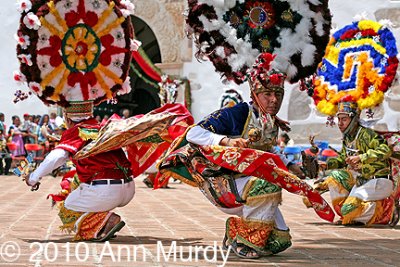
Movement of color |
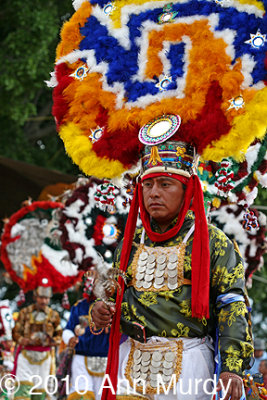
Moving forward |
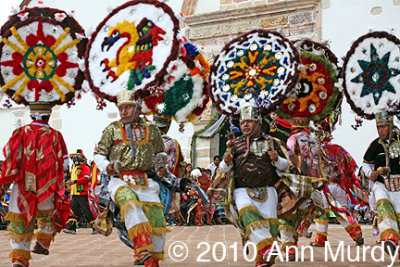
Danzantes |
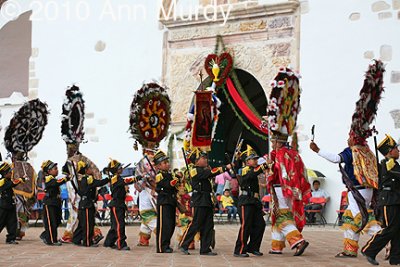
Soliders striking palmas of danzantes |

Movement along the line |
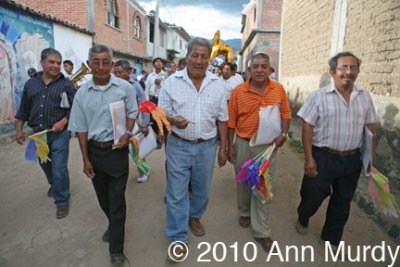
Church committee in calenda |
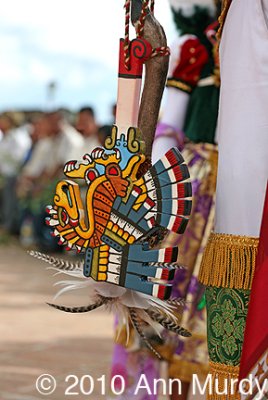
Detail of Moctezuma's palma |
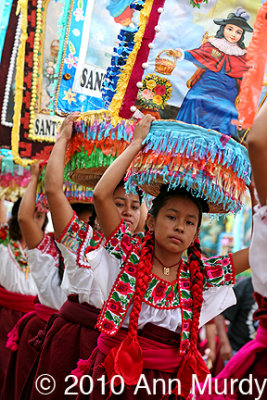
Girls in convite |
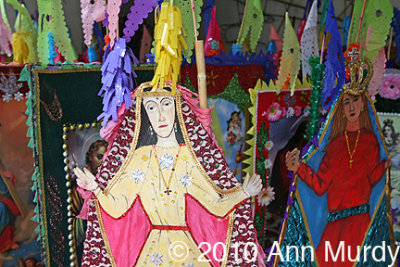
Canastas with figures |

The Dance |
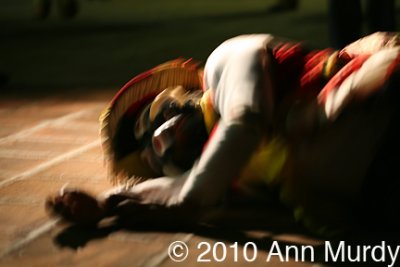
Subhalterno down for the count |
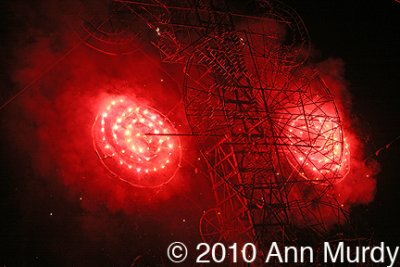
Spinning red wheels |
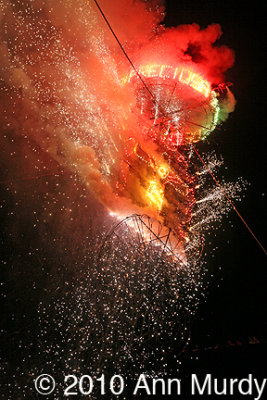
Castillo |

Toro |
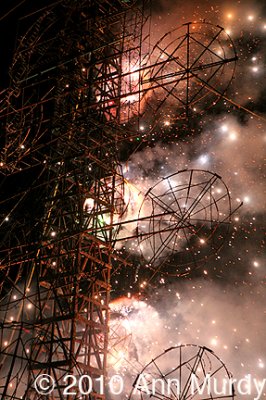
Spinning |











